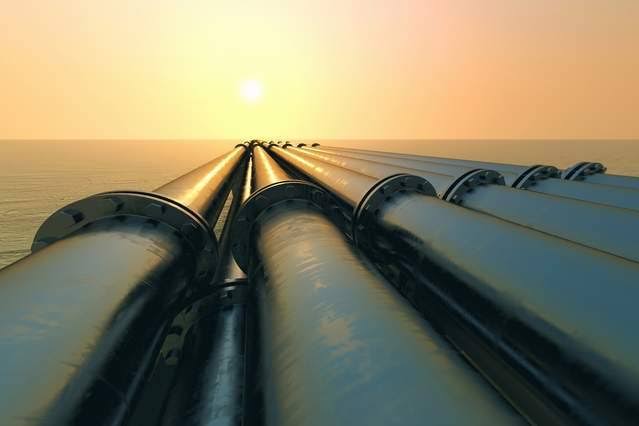
Pipeline Inspection
The Current Challenges with Pipeline Inspections
Use of crewed aircraft
Foot Patrols

Inability to send crew at all times
Time-consuming method
How can Drones with BVLOS Capabilities Help Oil and Gas Companies Secure Pipelines
Ease of travel between assets

Increase worker safety
Oftentimes, assets are located on high terrains or difficult-to-reach locations. Operators may need to set up substantial scaffolding or dangle from ropes to inspect this equipment. Any mistake here can result in severe consequences. Despite the industry’s strict regulations and safety standards, health and safety concerns persist. A BVLOS operation eliminates the operator’s danger by allowing them to undertake the flight mission from any remote location.
Simplify early detection of pipeline leaks
Drones are increasingly being used in the oil and gas industry for early detection of pipeline leaks. By using advanced drone technology including thermal cameras and visual or infrared cameras, these drones help the operators to identify gas leaks in storage tanks and pipelines with greater accuracy and efficiency than traditional methods.
Reduce heavy costs
Utilize readymade data and analytics via automated procedures
A human-led operation requires the operator to drive to the location and visually inspect the asset. Via autonomous operations, drone operators can run pre-planned drone flights and augment the inspection process. The drone will follow its routine, capture and store data which can be further assessed for detailed inspection as per need.

